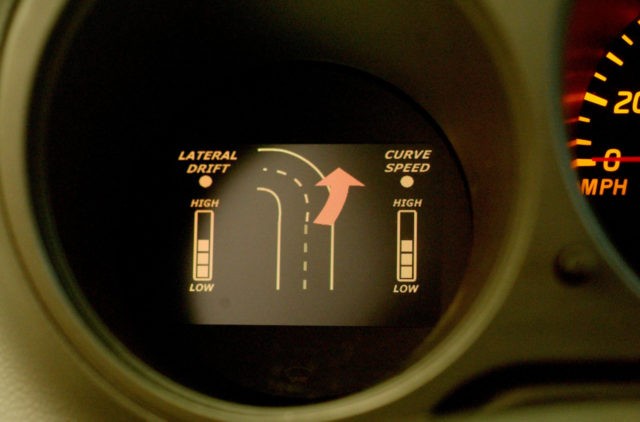Consumer spending has been one of the key drivers of ongoing economic growth in the U.S. even as the rest of the world has slumped. In September, however, retail sales signaled a loud warning.
Sales at U.S. retailers fell in September, dropping 0.3 percent compared with the previous month, the Commerce Department’s Census Bureau said Thursday. That ended a streak of six months of strong gains that fueled economic growth while exports declined and the U.S. manufacturing sector may have contracted.
Economists had forecast sales to grow 0.3 percent compared with a month earlier.
Some of the expectations miss may be explained by the upward revision in the August figure, which now stands at a 0.6 percent monthly gain compared with the previously reported 0.4 percent gain. That indicates that some of the sales that were expected for September occurred a month earlier.
A few economists have argued that the announcement of higher tariffs coming in September may have caused consumers to make purchases in August. That seems unlikely because consumer awareness of the coming tariff hike was unlikely high enough to significantly affect purchases.
Retail sales were flat excluding gasoline and auto sales. That figure also missed expectations for a 0.3 percent gain.
Thanks to several months of strong gains, retail sales look less dire on an annual basis. Sales were up 4.0 percent compared with a year ago.
Sales at so-called “nonstore retailers” fell three-tenths of a percentage point but are up 12.9 percent from September 2018. These are mostly online retailers, indicating that Amazon and Walmart’s website continue to gain against their traditional competitors. Some economists think the official retail sales numbers may be undercounting online retail sales and therefore undercounting overall sales in the official figures, although evidence for that is mixed.
The online sales could also be pulling down the overall numbers because of heavy discounting. The Census Bureau’s figures do not take into account price changes. So if a consumer buys $100 of groceries in August at a traditional grocery store and then buys the same set of groceries the following month from, say, Amazon, for $95, retail sales will record a decline in total sales.
Sales fell 0.7 percent at gas stations. But that reflects a decline in the price of gasoline and can boost other segments of the economy, often with a lag, as households find they have more money to spend on other items.
Sales at car dealerships fell almost one percent, seemingly confounding reports that automakers have been selling more cars. The most likely explanation is that dealers have been heavily discounting cars.
Sales were down almost across the board with the exception of clothing retailers, where sales jumped 1.3 percent, healthcare stores and pharmacies, and furniture stores. The category of “miscellaneous stores”–which includes pet stores, thrift shops, and florists–saw a half a percentage point rise in sales.

COMMENTS
Please let us know if you're having issues with commenting.